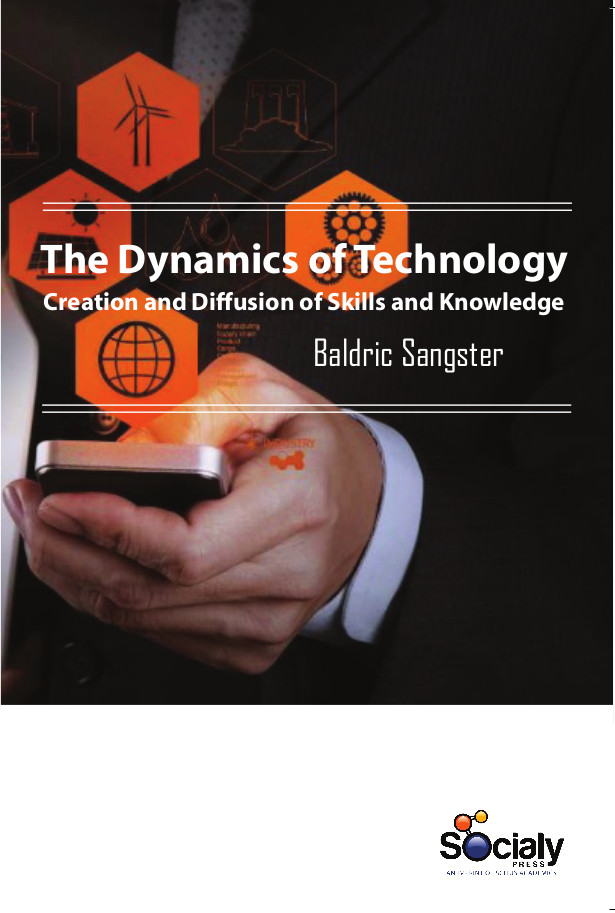Technology dynamics is broad and relatively new scientific field that has been developed in the framework of the post-war science and technology studies field. It studies the process of technological change. Under the field of Technology Dynamics the process of technological change is explained by taking into account influences from “internal factors” as well as from “external factors”. Internal factors relate technological change to unsolved technical problems and the established modes of solving technological problems and external factors relate it to various (changing) characteristics of the social environment, in which a particular technology is embedded. Technology is taking on an increasingly vital and determining role in society, and can provide conflicting results: wealth on the one hand, but also unemployment, environmental imbalances and other social problems on the other. Manufacturing techniques and production organization are chosen in every country based mainly on the specific needs of the companies, while the real needs of each population are often quite different. Already, in order to prevent all forms of technology from becoming increasingly “invasive”, towards both the natural supply of resources and the specific – though highly differentiated – needs of humanity, technological paths must be identified and followed which are capable of making the various needs compatible, from the standpoint of sustainable development, the conservation and increase in value of natural resources, and the quality of development.
The Dynamics of Technology: Creation and Diffusion of Skills and Knowledge focuses at the dynamics of technological change. It specifically asks whether technological change occurs in leaps and bounds, or whether it takes place gradually and continuously. It sets up an analogy between technological progress and biological evolution, and tries to apply the concept of punctuated equilibrium to the analysis of technology. It observes that one concept that has been employed in the economics of growth is the steady state, a form of growth which is itself constant and predictable, and thus can be regarded as a dynamic equivalent to the concept of equilibrium. General framework is proposed to relate strategic options and choices to the evolution of technologies, organizations and industry positions following a technological discontinuity. This Book will be of valuable for a general reader to understand the inter-relationship between science, technology and society and particularly the contribution made by engineers towards technology development. It easily explains the underlying dynamics that affect all undertakings in the social sector.













